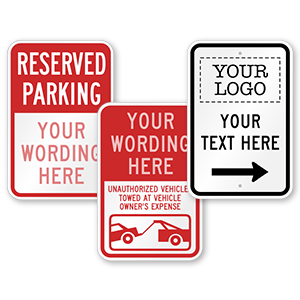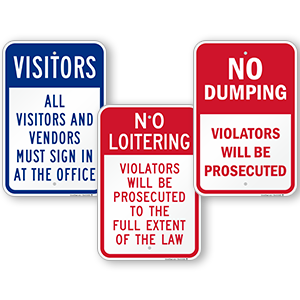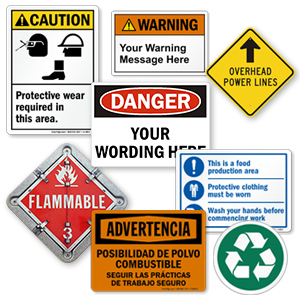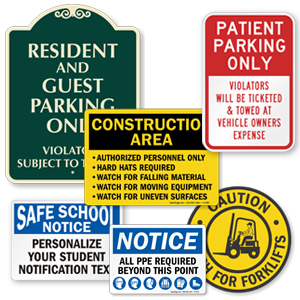Socioeconomic status and parkland: what’s the connection?
Is the street you live on full of lush, green foliage? Or is it barren? Researchers from the University of Connecticut think the answer might say something about your socioeconomic status.
Plenty of research has focused on the extent to which residents in urban areas have walkable access to green spaces such as parks. This topic has been repeatedly broken down by race and socioeconomic status. But what about the presence of greenery right on the street where you live? In a recent article in Urban Forestry and Urban Greening, researchers Li et. al explore the distribution of street greenery and its association with residents’ socioeconomic conditions.

Do the rich move to neighborhoods with greenery, or do neighborhoods with rich people get more parkland?
Li et. al focused their research on the town of Hartford, Connecticut, and used Google Street View to inform visual analysis. The result is what they term the “Modified Green View Index,” which indicates levels of visible foliage in a given residential block.
In a departure from previous studies on residential greenery, Li et. al’s study was primarily concerned with foliage that residents can view from street level. In other words, it doesn’t matter if there is a lush, green park behind your house if it’s blocked by apartment buildings and you can’t see it. Instead, it’s all about the trees and shrubs that you see when standing on your doorstep.
The research concluded that “per capita income is the major contributor of green view index,” meaning that people with higher incomes tend to live in places with more visible foliage than people with lower incomes.
The real question is why? At first glance, it’s a chicken-and-egg scenario: Do people with higher incomes move into areas that are already rich in greenery? Or does residential greenery appear after people with higher incomes move into an area and raise property values?
In short, the answer might be both. Li et. al suggest that people with higher incomes are inclined to move into areas that already demonstrate higher levels of residential greenery. For one thing, these areas boast aesthetic appeal, and street greenery (especially trees) can also provide a barrier to the elements. People with higher incomes may also have the disposable income and time required to maintain greenery that falls within their individual lots.
The researchers also suggest that people with high incomes may use their disposable income and time to not only maintain greenery but increase greenery on their own plots. They may be more inclined to purchase shrubs or other plants and plant trees.
Li et. al found that the presence of street greenery was negatively correlated with the concentration of households that included children under 18. This may be because families with young children, overall, have lower incomes — and less disposable income — and need to compromise on housing location in order to secure housing with sufficient space. Unfortunately, that means that many of these children are growing up on streets with insufficient shade, the lack of cleaner air that extensive foliage provides, and an environment that many might consider less aesthetically pleasing. (Plus, there’s that whole tree-climbing thing that no kid should miss out on.)
The study concludes that “many streets in the residential areas in Hartford, especially those streets in [the] east and southeast of Hartford should be given higher priority in future urban greening projects.” The researchers don’t make recommendations on how to fund these projects or if doing so will siphon money away from other areas and impact housing values.
Ultimately, the primary outcome of the study is the position that Google Street View is a useful tool to go beyond the presence of parks and trees to develop an authentic understanding of how much greenery is actually visible on residential streets. This information may inform future urban greening projects, though it is just as likely to be used by house hunters who want to make sure that their homes have adequate shade and a good place to climb.
While this study was limited to Hartford, Hartford is by no means the only urban area in which urban greening is worthy of focus. Notably, the city of Detroit has been part of an urban greening initiative since 1989. The people behind the “Greening of Detroit” are certainly not focusing on supporting residential greenery in high-income neighborhoods — the opposite is true. They’re taking advantage of high numbers of abandoned buildings and neglected spaces to plant trees and construct gardens. While the aesthetics associated with urban greening may be a motivating factor and could attract new residents, the primary focus of urban greening in a place like Detroit is to promote sustainable agricultural practices and education, produce healthy foods, and create “green” jobs.








